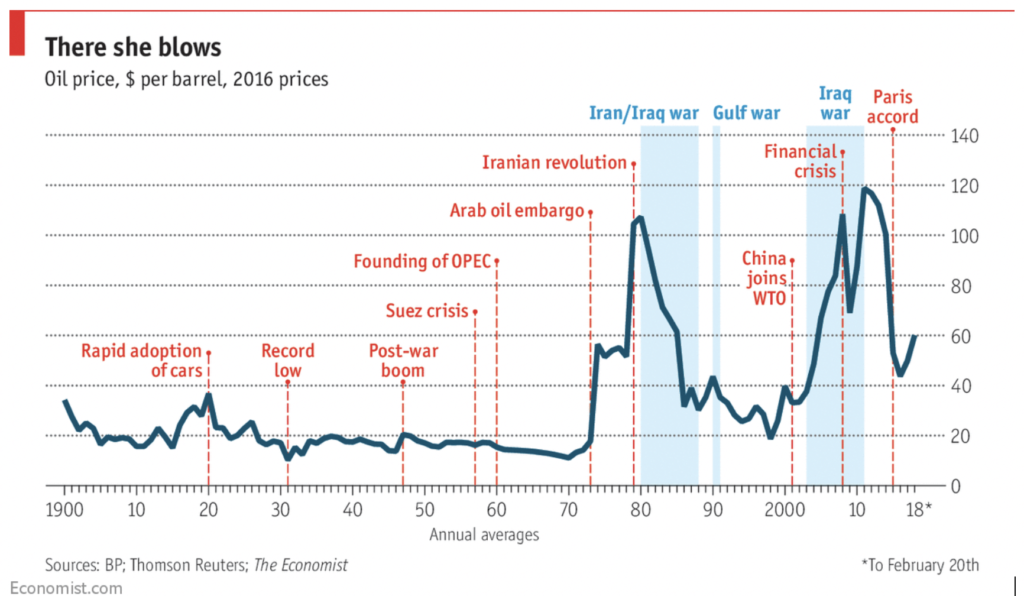
11.09.2018
Availability of financial statements of Spanish companies
Spanish companies are obliged to publish and file a considerable amount of their financial statements every year. That information is public to anyone who asks for it and so reveals everything Spanish companies are obliged to publish and file each year. Any provider, investor, partner, creditor … can access this information without restriction
Below we set out a summary of the information which each Spanish company is required to publish every year comprising an extraordinarily rigorous amount of publicly available information.
All Spanish companies, without exception, make their financial statements public annually.
The 30 points below describe in some detail, what Spanish companies have to make publicly available:
- Within three months of the end of the financial year, the company’s directors must issue:
- financial statements
- management report, and
- proposed distribution of earnings
- The financial statements and management report must be signed by all the directors.
The financial statements:
3. The company’s financial statements comprise:
- Balance Sheet
- Income Statement
- Statement of changes in the net worth for the financial year
- Cash flow statement, and
- Relevant Notes
4. These documents must be drafted clearly and present a true and fair view of
- the company’s net worth·
- financial position, and ·
- net income
5. The consequences of not properly fulfilling these obligations are very serious for the Directors.
6. The structure and contents of the documents that form the financial statements must comply with established approved forms.
7. Small companies have a simplified regime to present their financial statements. This is known as Abridged Financial Statements.
8. Abridged balance sheets and statements of changes in net worth may be prepared by companies to which at least two of the circumstances listed below apply at the end date of two consecutive financial years their:
- Assets do not total over four million euros.
- Net yearly turnover is not in excess of eight million euros.
- Average headcount during the year is not over fifty
9. When the balance sheet can be calculated using the consolidated template, the statement of changes in net equity and the cash flow statement are not mandatory
10. Abridged income statements may be prepared by companies to which at least two of the circumstances listed below apply at the end date of two consecutive financial years their …
- Assets do not total over eleven million four hundred thousand euros.
- Net yearly turnover is not in excess of twenty-two million eight hundred thousand euros.
- Average headcount during the year is not over two hundred and fifty.
Purpose of the Notes:
11. The Notes shall complete, extend and report on the contents of the documents that form the financial statements.
12. The Notes shall contain at the very least the following ítems:
- The assessment criteria applied to the different items in financial statements and the methods for calculating valuation adjustments
- The corporate name, address and legal structure of companies in which the company is a general partner or in which it possesses, directly or indirectly, a stake of at least twenty percent of its capital, or in which it enjoys significant influence without reaching that percentage
- The existence of different shares or stocks, the content thereof and variations in types of share together with the relevant numbers and nominal value and description of rights
- The existence of dividend certificates, founders’ bonds, convertible bonds and other securities conferring similar rights, stating their number and the scope of rights they grant.
- The number and nominal value of shares subscribed for during the year within the limits of authorised capital, in addition to details of acquisitions and disposals of own shares and stocks, and shares and stocks in the parent company.
- The value of the company’s debts, the remaining term of which is greater than five years, in addition to all debts secured by collateral, stating the type and nature thereof
- The overall amount of guarantees provided to third parties, notwithstanding recognition thereof as liabilities in the balance sheet when it is likely that they arise from effectively complying with an obligation.
- The difference that may result between calculating the accounting profit for the year by reference to tax criteria, on the basis that they do not match applicable mandatory accounting principles
- The distribution of the net turnover corresponding to ordinary company activities, by category of activity and geographical markets.
- The average number of employees over the course of the year, broken down by category, in addition to personnel expenditure that corresponds to the year and the value of wages, allowances and remuneration of any type accrued over the course of the year by senior management or board members
- The amount broken down by types of fees corresponding to accounting, auditing and other services provided by the auditor
- Movements in different non-current asset items.
- The early conclusion, amendment or termination of any agreement between a trading company and any of its partners or Directors.
- The corporate name and address of the company preparing the consolidated financial statements of the group to which the company belongs
- The amount and nature of income or expenditure items, the amount or impact of which is exceptional.
- The proposed distribution of earnings.
- The nature and financial implications of any significant circumstances that arise following the balance sheet date that are not reflected in the profit and loss account or the balance sheet, and the financial impact of those circumstances
Management report:
13. The management report must contain a true and fair description of the company’s business and situation together with a description of the main risks and uncertainties that it faces
Financial statement approval, filing and public record
15. The financial statements shall be approved by the general meeting.
16. Within one month of having approved the financial statements, the company’s Directors shall submit the financial statements for filing with the Company Register.
17. The Company Register is located at the registered office
18. The Registrar shall determine whether the documents submitted comply with existing legislation.
19. If there is any non-compliance in the financial statements, a rectification is required.
20. This qualification only affects the formality of the financial statements however and not their content. That is, the Registrar does not carry out accounting valuations.
21. The financial statements and, as appropriate, the management report, may be reviewed by an auditor.
22. Some companies must have their financial statements reviewed by an auditor.
23. If an audit review is mandatory (see 22 above), the resulting report must be accompanied by the financial statements. Therefore, that report, once deposited in the Company Register, is a public document.
24. Companies whose financial statements are not required to be reviewed by an auditor can nevertheless submit to this process voluntarily.
25. Companies to which at least two of the circumstances listed below apply at the end date of two consecutive financial years shall be released from this audit obligation their …
- Assets do not total over two million eight hundred fifty thousand euros.
- Net yearly turnover is not in excess of five million seven hundred thousand euros.
- Average headcount during the year is not over fifty.
26. The majority of Spanish companies do not need to have their financial statements reviewed by an auditor.
27. The review by an auditor is usually seen as a guarantee of the veracity of the financial statements.
28. The company’s directors are responsible for the veracity of the information contained in the financial statements. This responsibility can even impact on the directors’ own assets.
29. Information contained in any and all documents on file with the Company Register may be requested by any party
30. The public information contained in the financial statements is a huge resource for those who know how to interpret them.
Other articles: If you have shown interest in reading this article, you may also be interested in seeing the following:
When do you have to reformulate the Annual Accounts?
Consolidated Annual Accounts. What are they and who should formulate them?












